From tonkatsu to Worcestershire to yakisoba sauce, these Japanese brown sauces (or Sosu) are condiments served and eaten with fried food or specific Japanese dishes. This post will discuss their different characteristics and uses and how you can easily make these sauces at home!
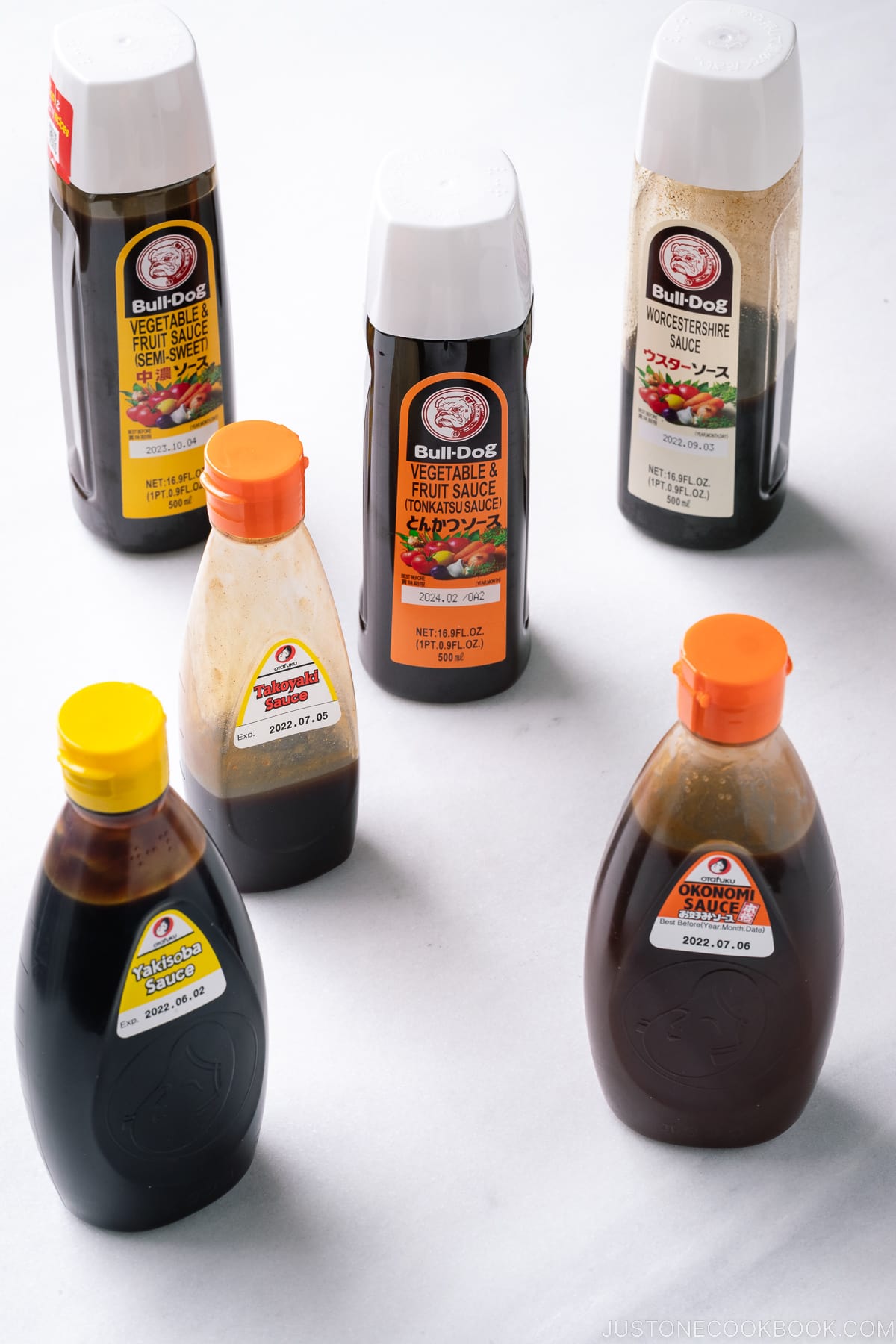
When mentioning the term “brown sauce,” you might have heard of Chinese brown sauce, HP brown sauce, or A.1. Sauce. There are French and Spanish brown sauces, too. But did you know that the Japanese also have their versions of brown sauces?
And speaking of brown sauce, we’re referring to a sauce or condiment that is dark brown and has a gravy-like appearance. Flavor-wise, it has a complexity of sweet-tart, tangy, and fruity notes.
In general, the Japanese have six main types of brown sauces that we use to flavor or serve specific dishes. Each of the sauces has its unique characteristics, and once you learn how to use them, they can do wonders in enriching your foods.
Table of Contents
What is Japanese Sosu (Sauce)
Japanese sauce, or sosu (ソース), is a collective term for liquid seasoning. The various types are based on ingredients, manufacturing methods, flavor profiles, and color.
It usually contains a blend of vegetables such as tomatoes, onions, carrots, and celery and fruits such as apples, prunes, dates, persimmons, and mandarin oranges seasoned with sugar, salt, vinegar, and various spices.
Otafuku and Bulldog brands are the two major brands found outside of Japan. The flavors and thickness will vary by brand, so try finding your favorite!
These sauces are indispensable condiments for many popular Japanese recipes, from flavoring curry sauce to pasta sauce and drizzling on top of okonomiyaki to tonkatsu.
While the prepackaged bottles are convenient, you can also easily substitute or make your own at home!
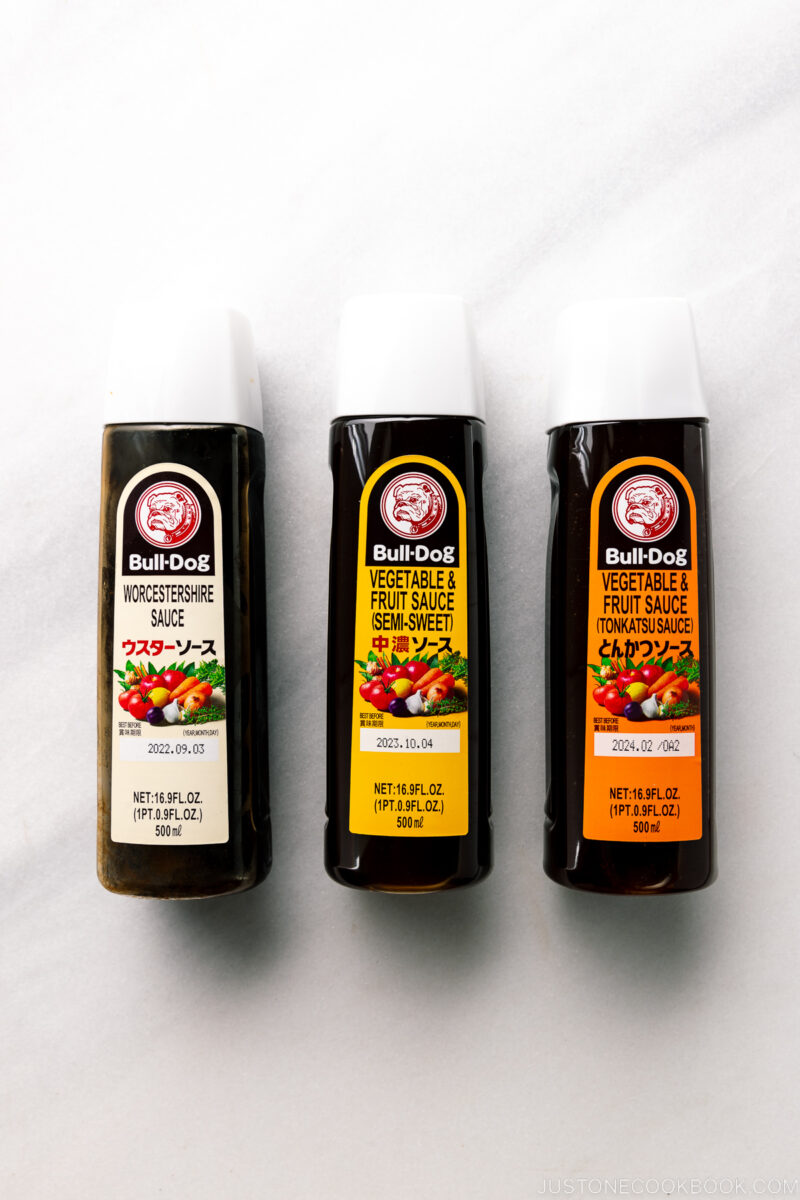
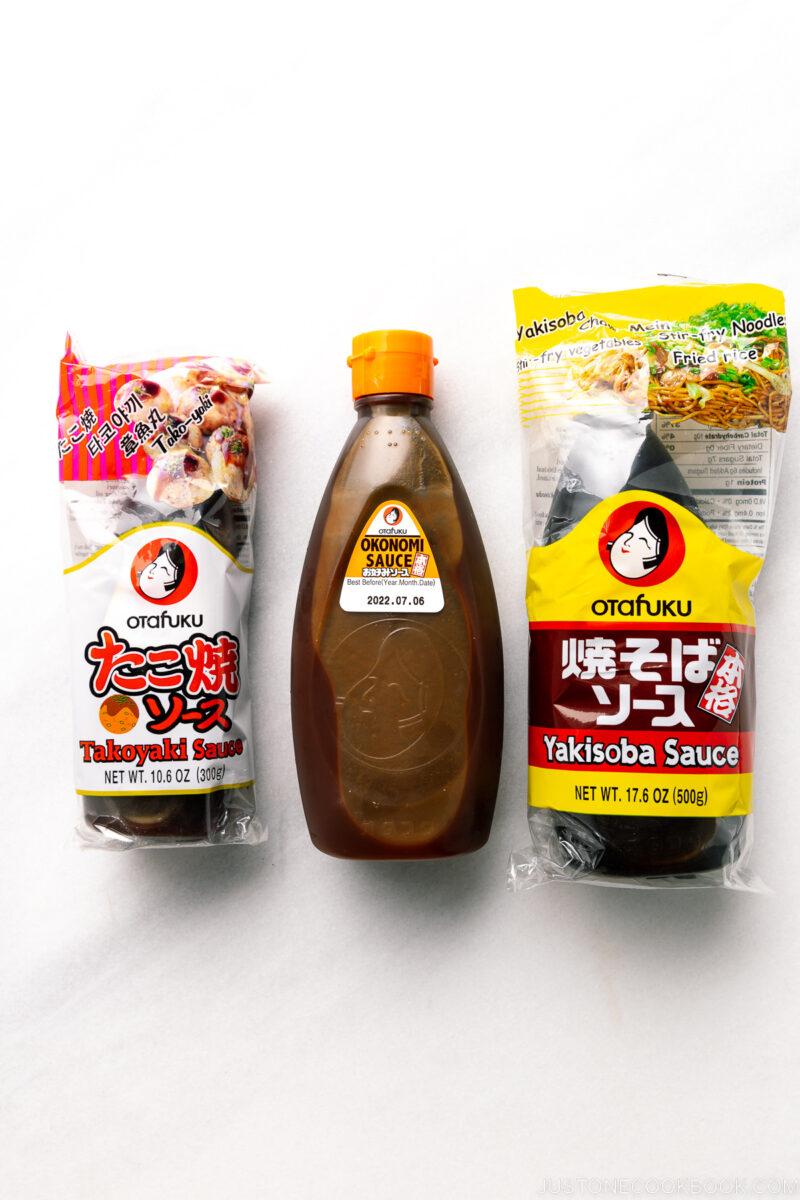
Different Types of Sosu
1. Japanese Worcestershire Sauce
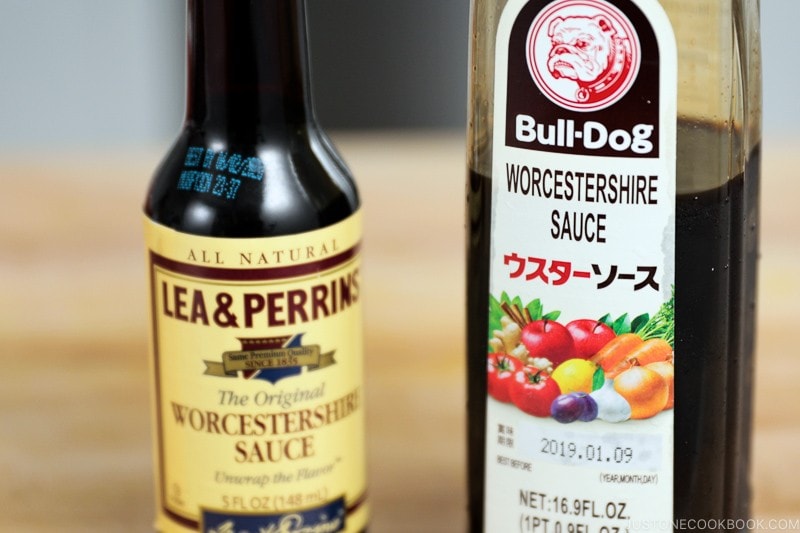
Japanese Worcestershire sauce has a low viscosity and a smooth, tangy taste with a hint of sweetness compared to Lea & Perrins Worcestershire Sauce. Its intense flavor makes it suitable as a secret ingredient, such as Dry Curry, Stewed Hamburger Steak, and Napolitan, and it can be used to add aroma and umami to various dishes.
I use the Lea & Perrins brand for my recipes as it’s more easily accessible to JOC readers worldwide.
2. Tonkatsu Sauce
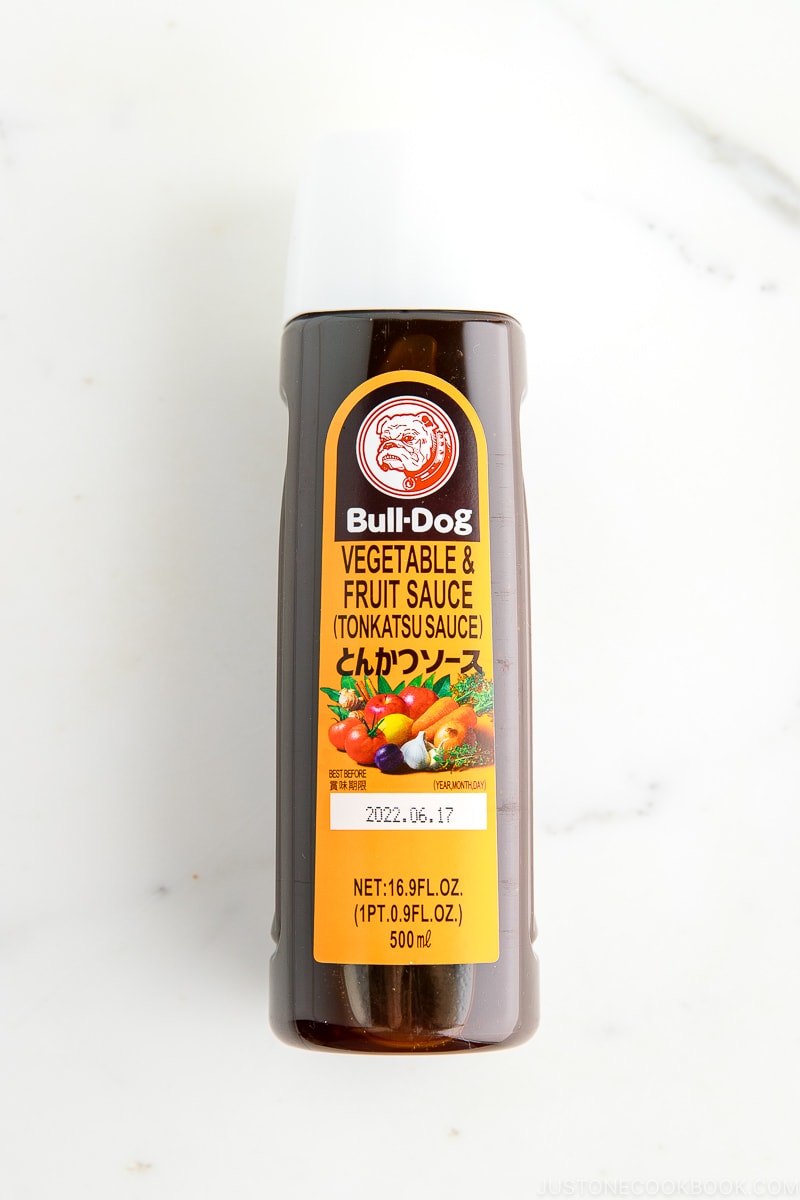
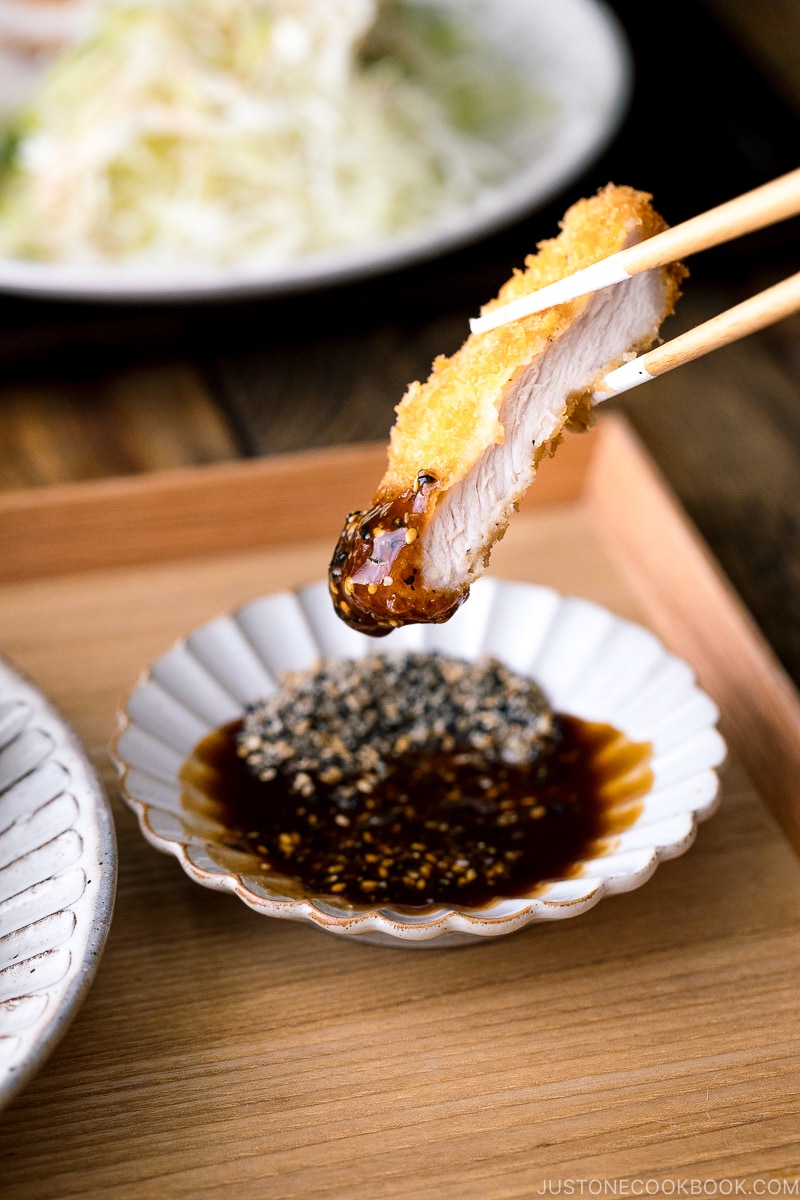
As its name implies, tonkatsu sauce is for tonkatsu pork cutlets. It is bursting with flavors due to the high concentration of vegetables and fruits, which is why it used to be called “fruit sauce.” It has a thick, sweet, and soft flavor. Sometimes, I add a little tonkatsu sauce to make my Japanese curry for extra depth.
Read more about Tonkatsu Sauce or make Homemade Tonkatsu Sauce.
3. Chuno Sauce
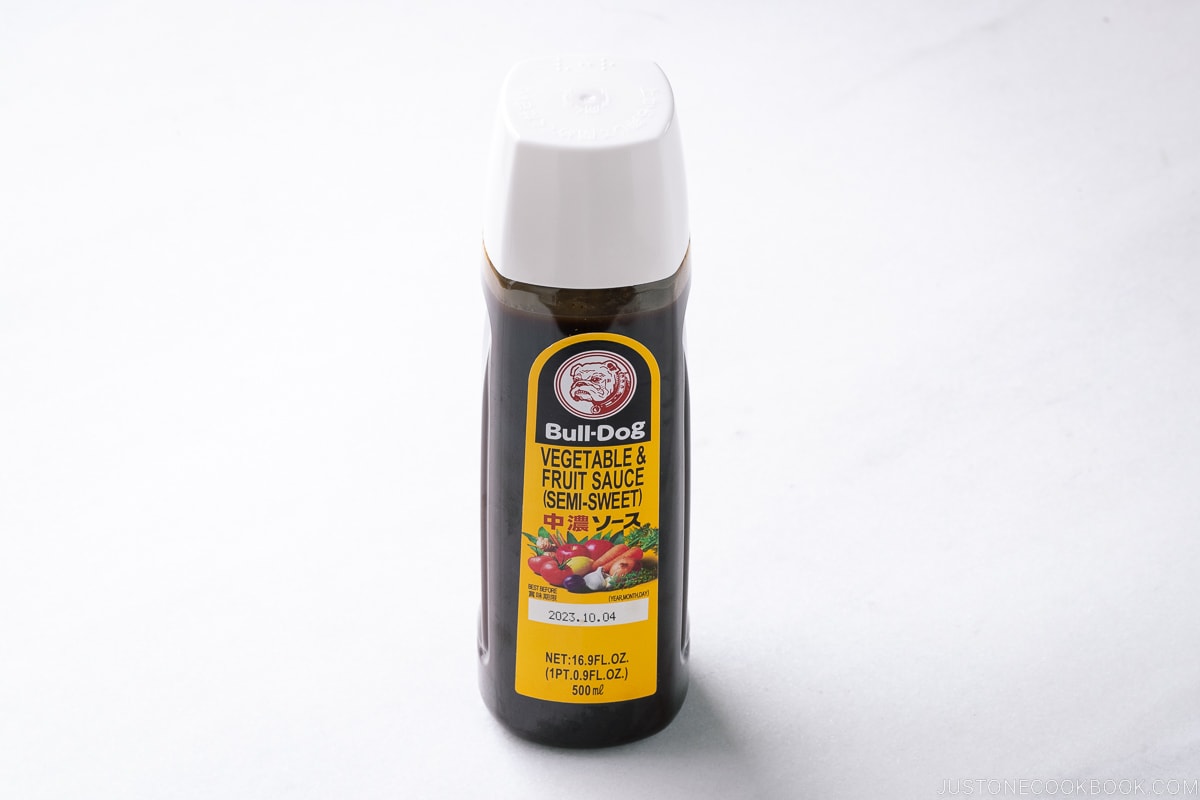
Meaning “medium thickness,” the consistency and flavor are between Worcestershire and tonkatsu sauces. It has a spicy and sweet flavor. Chuno sauce is a mild Japanese brown sauce you can drizzle over fried foods, such as croquettes/korokke and fries, or as a secret flavor booster in stews or sandwiches.
Read more about Chuno Sauce.
4. Yakisoba Sauce
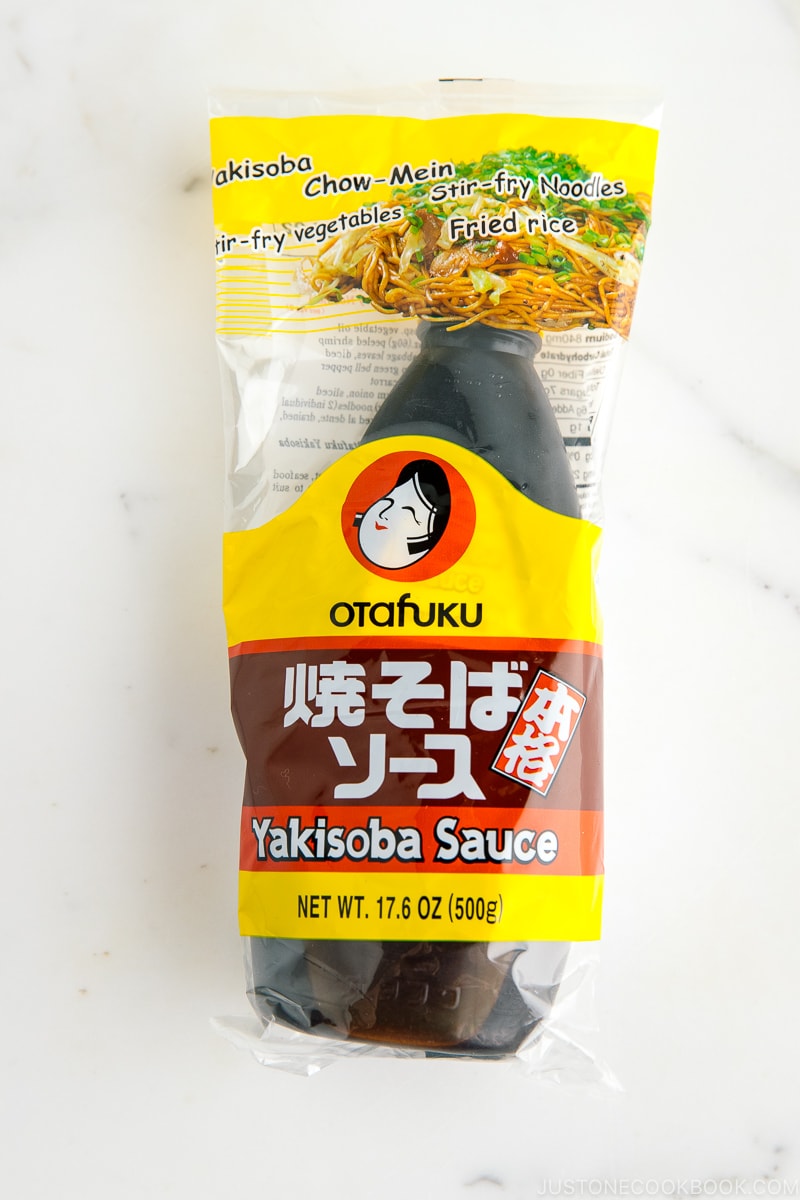
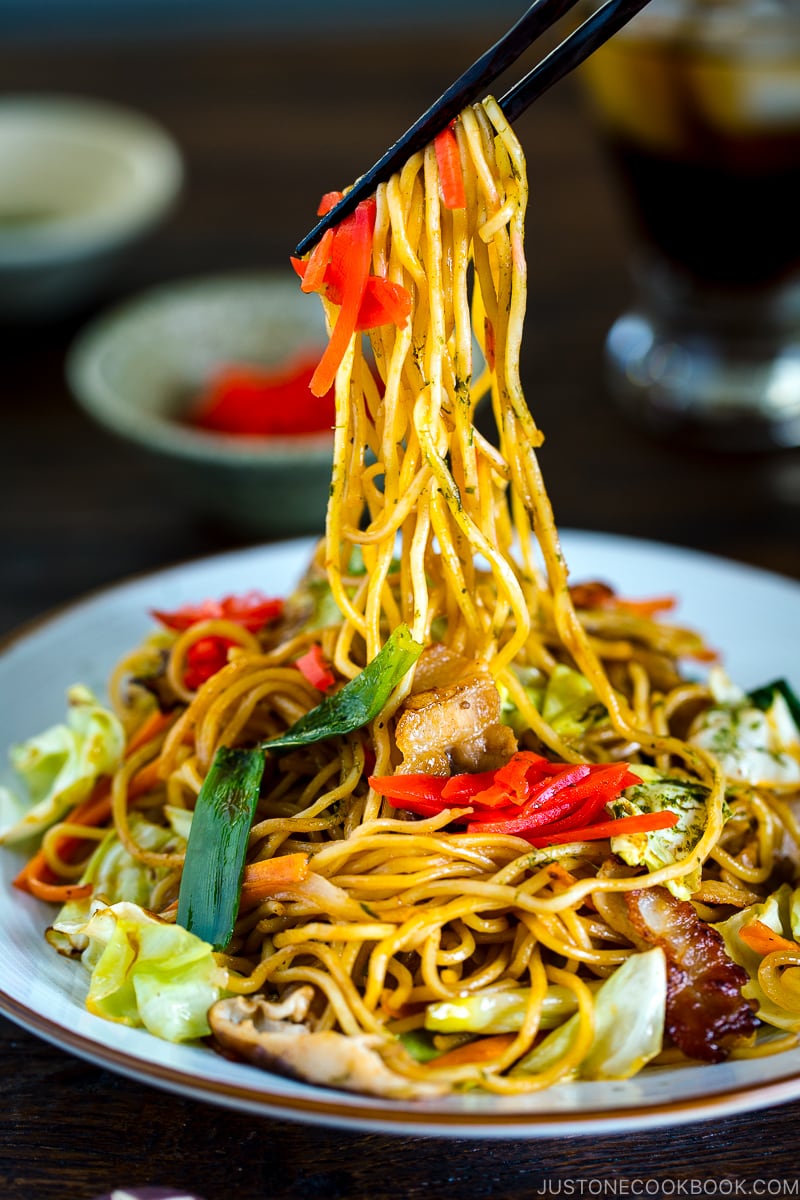
As its name suggests, yakisoba sauce is primarily used to make Yakisoba, stir-fried noodles. It’s less sweet than the rest, with strong umami components due to the soy sauce.
Read more about Yakisoba Sauce or make Homemade Yakisoba Sauce.
5. Okonomi Sauce
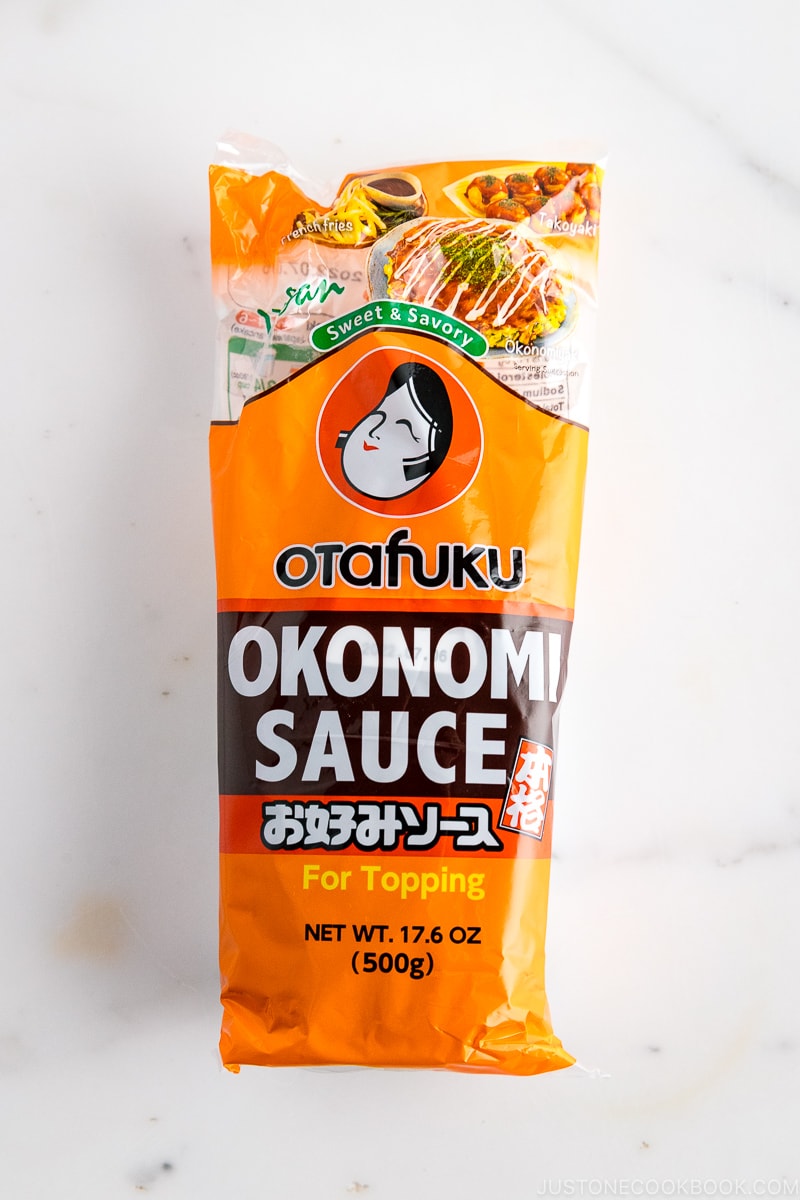
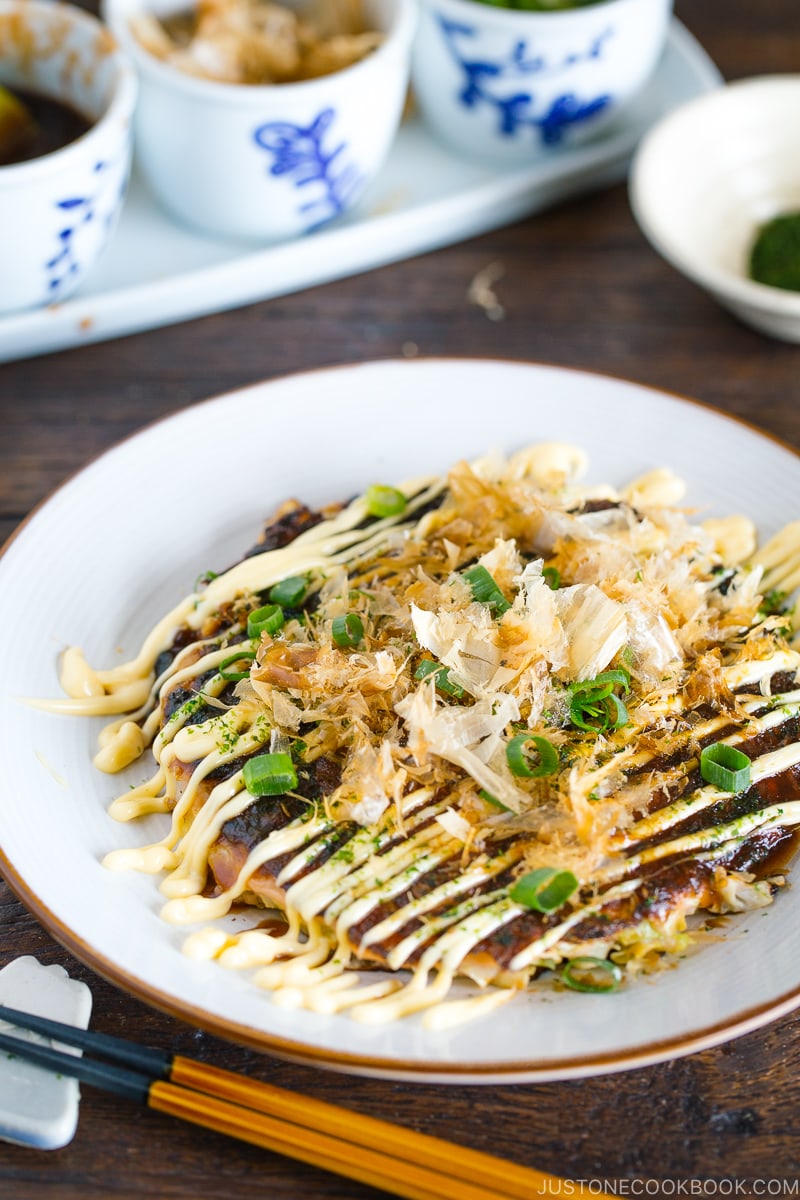
A sauce slathered on top of okonomiyaki. Many manufacturers have commercialized the sauce since okonomiyaki became a popular dish nationwide. It’s thick enough that it won’t be absorbed into the okonomiyaki.
Read more about Okonomi Sauce or make Homemade Okonomi Sauce.
6. Takoyaki Sauce
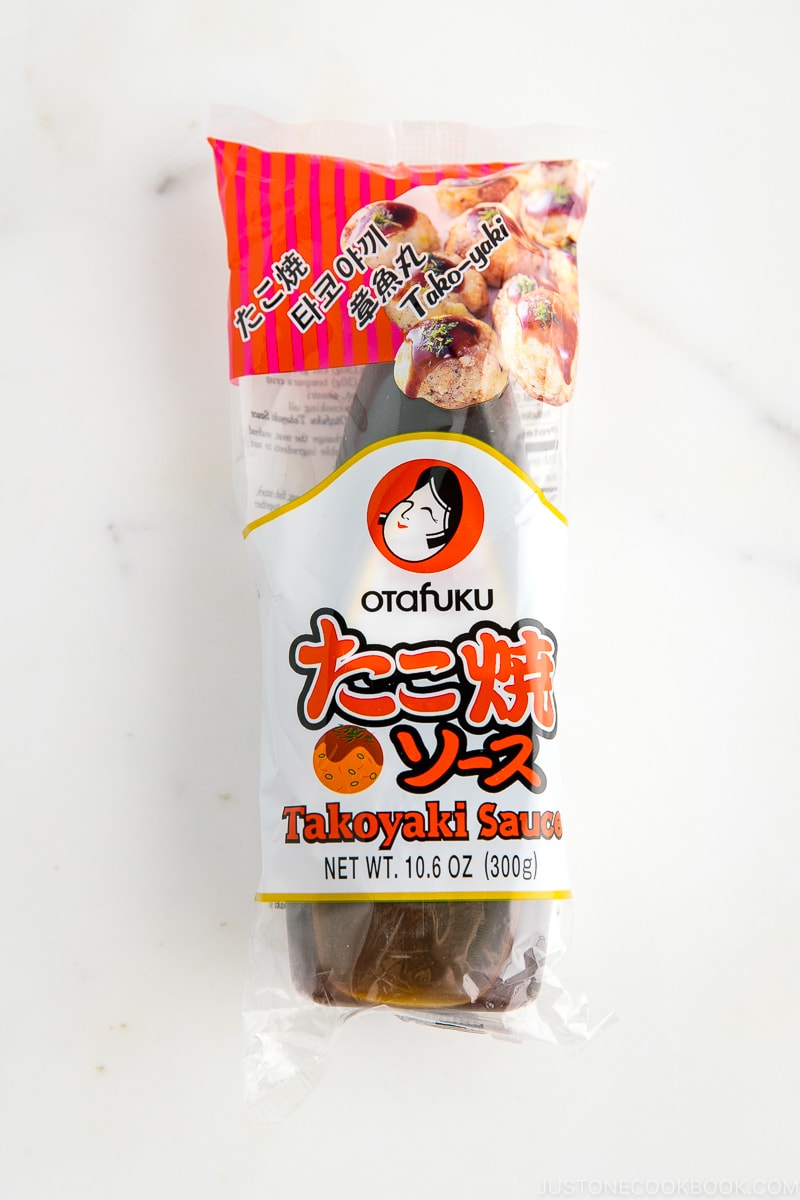
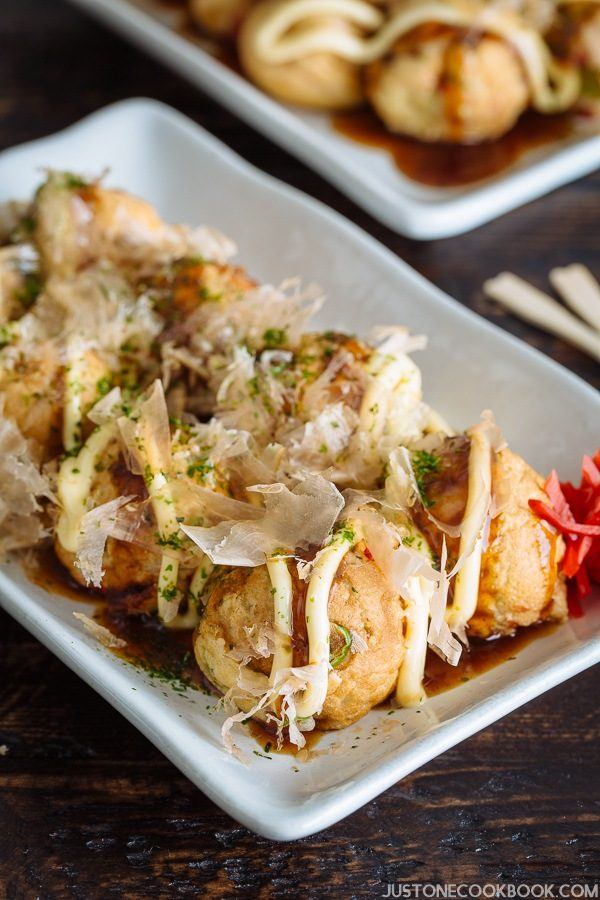
Takoyaki sauce is a sweet-savory brown sauce specifically for takoyaki. It’s slightly sweeter than okonomi sauce and thick enough that the sauce doesn’t run down the sides of the takoyaki.
Read more about Takoyaki Sauce or make Homemade Takoyaki Sauce.
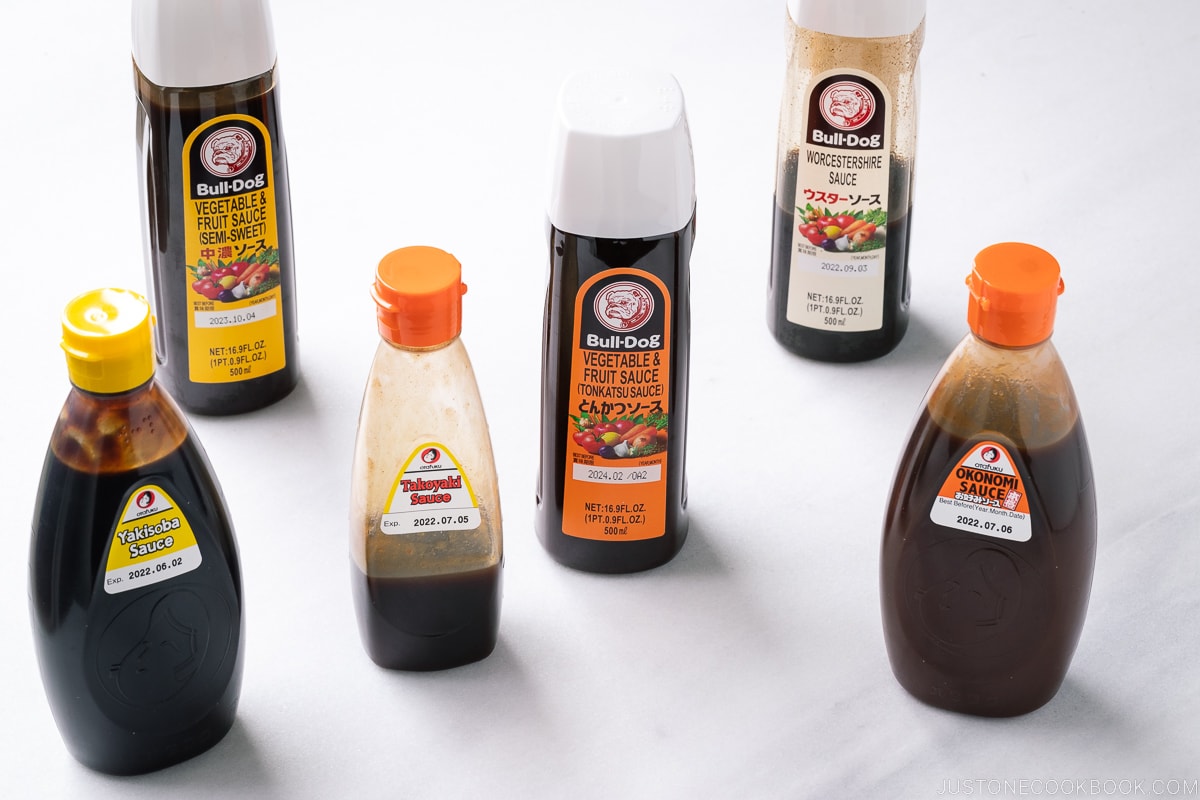
Wish to learn more about Japanese cooking? Sign up for our free newsletter to receive cooking tips & recipe updates! And stay in touch with me on Facebook, Pinterest, YouTube, and Instagram.









